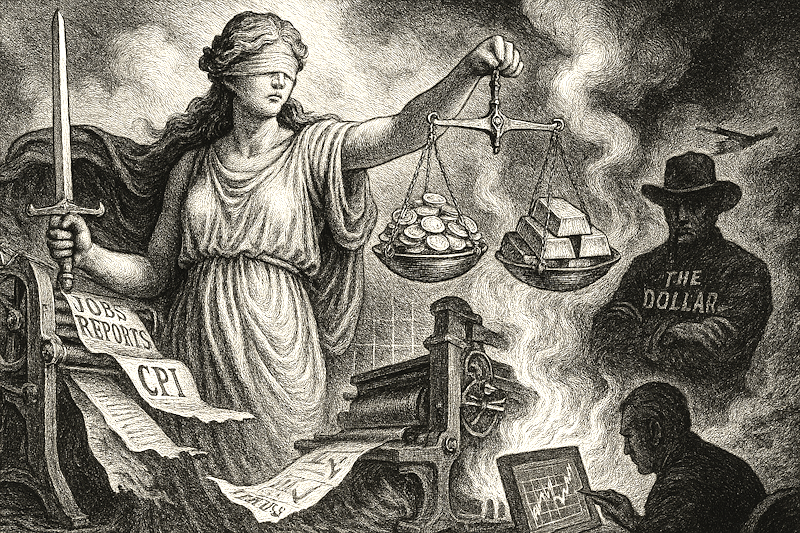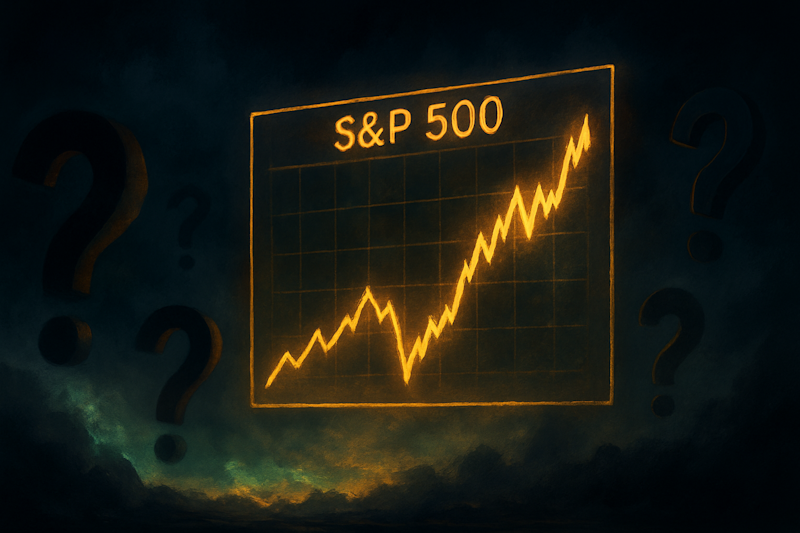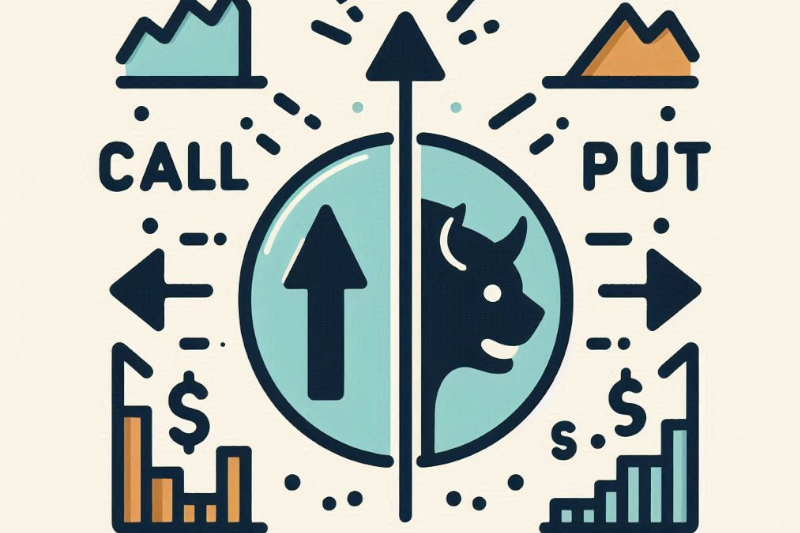The key to this stellar win rate is a 3-step sequence designed to spot when institutions are about to pile in.
Riding the Mean Back Down with Applied Digital
Hey everybody, JD here with your Rational Trader Market Analysis daily.
Let’s start with a quick recap — yesterday’s Pepsi trade worked out exactly as planned. That put credit spread we discussed ahead of earnings hit full profit. The stock held steady, earnings came in solid, and the selling pressure that had pushed it below the mean turned out to be just that: market mechanics, not fundamentals.
That’s what I love about these mean reversion setups. When you trust the math, the market usually cooperates — even if it takes a little patience.
Now, let’s move on to today’s setup, because this one’s on the other side of the curve.
The Setup: Applied Digital (APLD)
Applied Digital (APLD) reports after the close, and unlike Pepsi — which had been beaten down — APLD has been trading two standard deviations above its mean.
If you’re not familiar with that term, two standard deviations is basically trader shorthand for way too far from normal. It’s how we measure how stretched a stock has become. When something’s that extended, the probabilities lean toward the stock snapping back.
Think of it like a rubber band that is been stretched and has all this stored energy just ready to snap back to its natural shape.
That doesn’t mean APLD’s a bad company. It just means that, statistically, it’s been running hot — and with earnings on deck, that stretch could easily snap back.
The Trade: Defined-Risk Call Credit Spread
Here’s how I’m structuring this one.
I’m looking to sell a call credit spread near the $30 level using the Friday expiration.
That means I’ll sell a call closer to $30 and buy another one above it to cap the risk.
The beauty of a credit spread is that you’re collecting premium upfront — the market pays you for taking on risk — and because you’ve got a long call as protection, your maximum loss is defined.
The key here is premium richness. When a stock is overbought heading into earnings, options inflate. The market is essentially paying you more to take the other side of the bet.
I don’t need the stock to collapse. I just need it to stop going up. Even just a sideways move would leave us with a winner.
Why It Fits the Cash Machine Logic
This setup is the mirror image of what we did with Pepsi. Instead of buying fear, we’re selling complacency.
APLD’s run higher created stretched expectations. Earnings provide a natural reset point — and that’s exactly where mean reversion thrives.
In plain English, I’m not predicting disaster… I’m betting on a return to normal. The market rarely stays extreme for long.
The cash machine doesn’t care whether we’re fading a rally or catching a bounce — it’s all about taking advantage of those extremes with defined-risk, probability-driven trades.
That’s the trade. Simple, rational, defined.
This is JD — good luck, and I’ll see you tomorrow.
Talk soon,
JD
The Rational Trader
P.S. Don’t forget to join me on my FREE Telegram channel for faster access to these videos, trade ideas and more.



